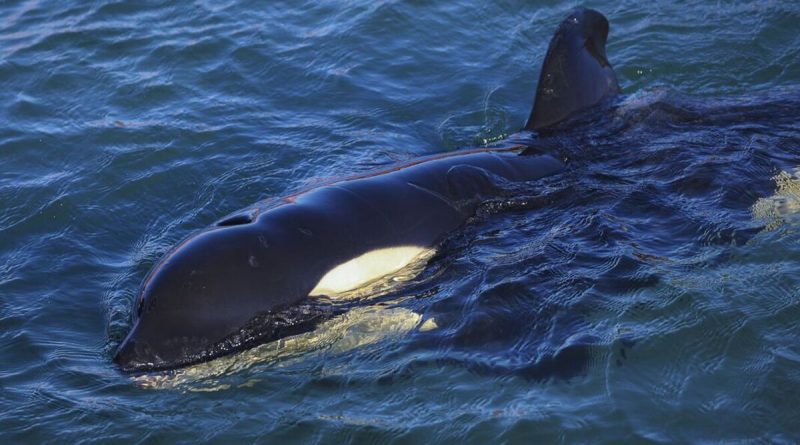Killer whale ‘danger zones’ which tourists must avoid after boats attacked
Spain: Naval vessel encounters orcas in Straits of Gibraltar
‘Danger zones’ are being mapped out to show sailors where to avoid killer whales while crossing the Strait of Gibraltar following a spate of orca attacks on boats.
The incidents have seen the killer whale forcefully sever the rudder of yachts in the vicinity of Gibraltar.
In one recent attack, a 48-foot catamaran was in the midst of a delivery journey when it became the focus of attention for a group of these orcas, resulting in the loss of its rudder and leaving the crew stranded along the coastline.
Renaud de Stephanis, director of the association CIRCE based in Campo de Gibraltar, is in charge of carrying out the satellite tags to track the orcas behind the wave of attacks.
De Stephanis explains a three-track action plan to address the issue: avoiding contact with the cetaceans, reducing dangers in case of encounters, and attempting to modify the animals’ behaviour.
READ MORE Terrifying moment orca tries to sink British family’s boat near Gibraltar[LATEST]
He told EuropaSur: “Since 2021, we have proposed a three-track action plan.
“The first is to avoid contact with the cetacean; the second is to reduce the dangers in the event of an encounter; and the third is to try to change the behaviour of the animals.”
He also demonstrates the small harpoons used for marking killer whales, which took years to design, as they also contain transmitters and anaesthetic.
Don’t miss…
One of the oldest SeaWorld killer whales dies, marking third orca d…[LATEST]
SeaWorld’s last orca to be born in captivity dies aged just three m…[LATEST]
WATCH: Killer whale caught on video attacking sea lion[LATEST]
De Stephanis explained: “With a rifle, we get as close as possible and shoot the charge.”
The Atlantic Orca Working Group, composed of marine life researchers from Spain and Portugal, has been studying killer whales near the Iberian Peninsula. They have been documenting these incidents for the past three years.
In 2020, the group recorded 52 such occurrences, resulting in some cases in damaged rudders. The number increased to 197 in 2021 and further rose to 207 in 2022.
The killer whales appear to be deliberately targeting boats across a wide area that stretches from the western coast of the Iberian Peninsula, near the Strait of Gibraltar, to the northwestern region of Galicia in Spain.
We use your sign-up to provide content in ways you’ve consented to and to improve our understanding of you. This may include adverts from us and 3rd parties based on our understanding. You can unsubscribe at any time. More info
According to the research group, this particular group of killer whales consists of approximately 35 individuals who spend a significant part of the year near the Iberian coast, actively pursuing red tuna.
A hypothesis surrounding the attacks centers on a female whale called White Gladis instructing other killer whales on how to engage in such behavior.
It is theorized that White Gladis may have experienced a collision with a boat or become ensnared in a fishing net, prompting her to seek retribution against yachts and other small watercraft.
Source: Read Full Article



